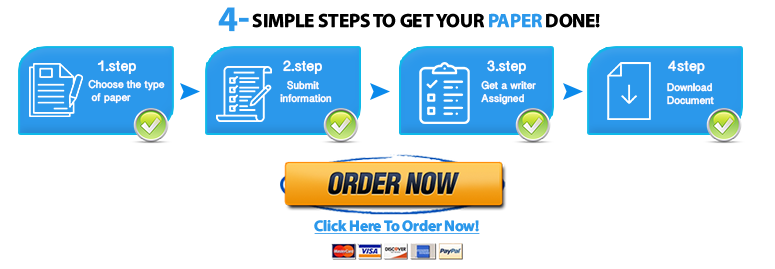EC 202 Homework #1
- On
the Bureau of Labor Statistics website (bls.gov), find the latest released
figures for the Consumer Price Index, and for unemployment rate. The latest release is for August 2019, and
was made on September 12.
- What was the monthly percentage change in the CPI (all items)? What was the monthly percentage change in the CPI at an annualized rate?
- Answer the same questions for the CPI less food and energy.
- For August 2019, what is the overall unemployment rate, the unemployment rate for men (20 years and over), and women (20 years and over)? How has each figure changed since July 2019.
- In the upper right side of the BLS home page is a link for “release calendar.” When will the November 2019 figures for the CPI be released? When will the November 2019 New England regional unemployment figures be released?
- On bea.gov, the website of the US Bureau of Economic Analysis, locate the link for “2019 News Release Schedule.” When will the Gross Domestic Product data for the third quarter of 2019 (advance estimate) be released? Please give release dates for the second and third estimates.
- The
variable y is normally distributed with mean 100 and variance 25.
a. Given the loss function L(e) = e2, what is the best point forecast for y? b. What is a 50% forecast interval for y?
c. What is an 80% forecast interval for y?
d. What is a 95% forecast interval for y? - A
monopolist sells a product at price P and has no cost of production. The
demand equation is Q = 2a – P, where Q is quantity and a is
a demand shifter.
- What
is the profit equation for the monopolist?
b. What is the profit-maximizing price as a function of a? Denote the profit- maximizing price as P*.
c. What profit is earned as a function of a? Denote the optimal profit at π*.
d. Now suppose that a is unknown, and the firm must forecast it. The firm sets its price based upon this forecasted value of a,â. The forecast error is a – â. What is the expression for the loss, π* – π(â)? Note that this expression will include both a and â. What relationship does this bear to a quadratic loss function?
- What
is the profit equation for the monopolist?
- From
FRED, download the Case-Shiller 20-City Composite Home Price Index for the
period January 2000 to June 2019. The
FRED code is SPCS20RSA.
- Create a variable for the percentage change in the index. What was the percentage change in June 2019?
- Use the STATA command summarize varname, detail to obtain summary statistics and empirical percentiles for the percentage change in the index variable that you created in part (a). What are the mean, median and variance?
- Assuming percentage changes (growth rates) are independent across months, what is your point forecast for future values of the percentage change in the Case-Shiller index?
- Assuming data follow a normal distribution, what is a 90% forecast interval?
- Using empirical percentiles, what is a 90% forecast interval?
- If yt =b0
+b1*Timet
+et
And Timen = 100 for n = 100, which is the second quarter of 2019 (quarterly data). Suppose the estimated model is
0 = 0.51 1 = 0.02 2 = 16
- Construct
point and normal 90% interval forecasts for the next four quarters (third
quarter 2019 to second quarter 2020).
- Suppose that the yt in the previous part was yt = ln(Yt). Construct point and interval forecasts for Yt for the four quarters following 2019q2.
- In the
trend model Tt = b0 + b1*Timet, suppose that b1 > 0.
- Is the series expected to grow or decline in future periods?
- Does this mean that the series grow or decline with certainty in every period?
- From
FRED, obtain US quarterly imports, seasonally adjusted, in billions of real chained
2012 dollars. The data are available
beginning in the first quarter of 1947.
The FRED label is IMPGSC1. Create
a time variable.
- For 1947-2000, plot the level of imports and its natural log against time.
- From your impression of the plot, do you think that the series is best represented by a linear or exponential trend?
- Estimate an exponential trend model for 1947-2000.
- Generate point and 90% interval forecasts for the log of imports for 2001-2019.
- Convert your forecast to levels.
- Plot your forecasts against the actual data in levels. How did your forecast perform?
- BONUS: Estimate a linear trend (not an exponential trend) for real imports that accounts for a change in trend in the third quarter of 1983. Generate the points and 90% interval forecasts. Plot against the actual data. Does this forecast perform better than the one that came from the model without the changing trend.
"Looking for a Similar Assignment? Order now and Get 10% Discount! Use Code "Newclient"




